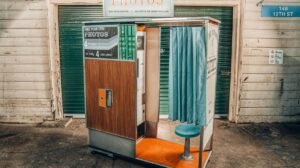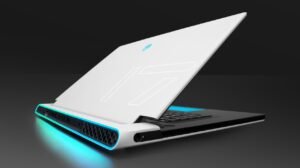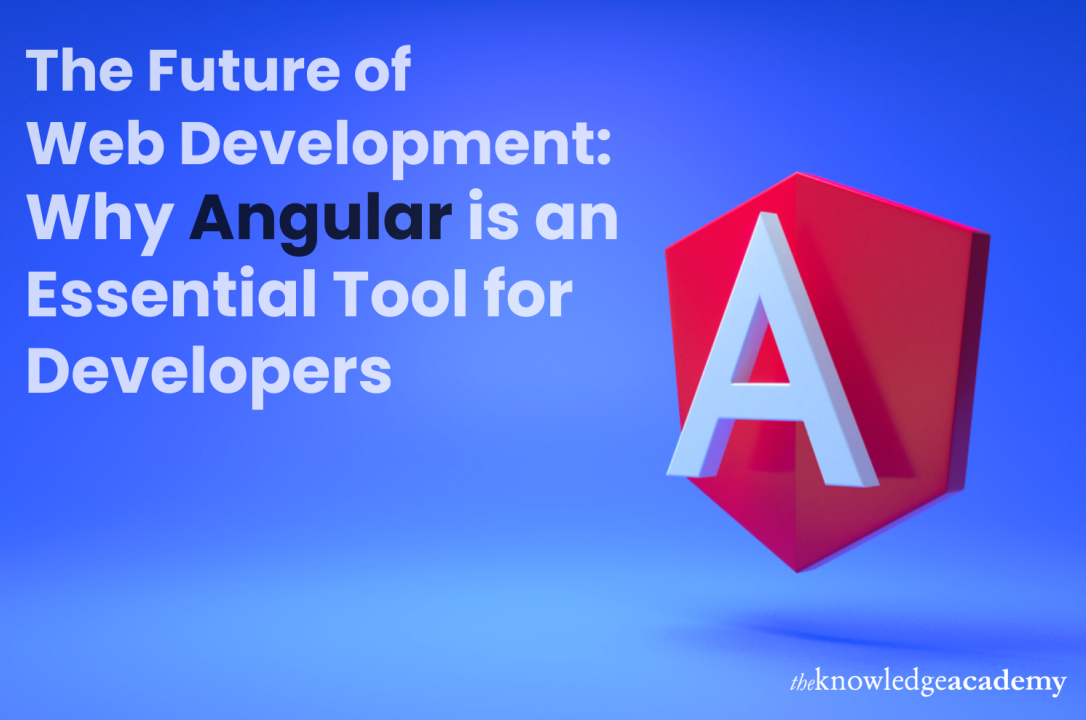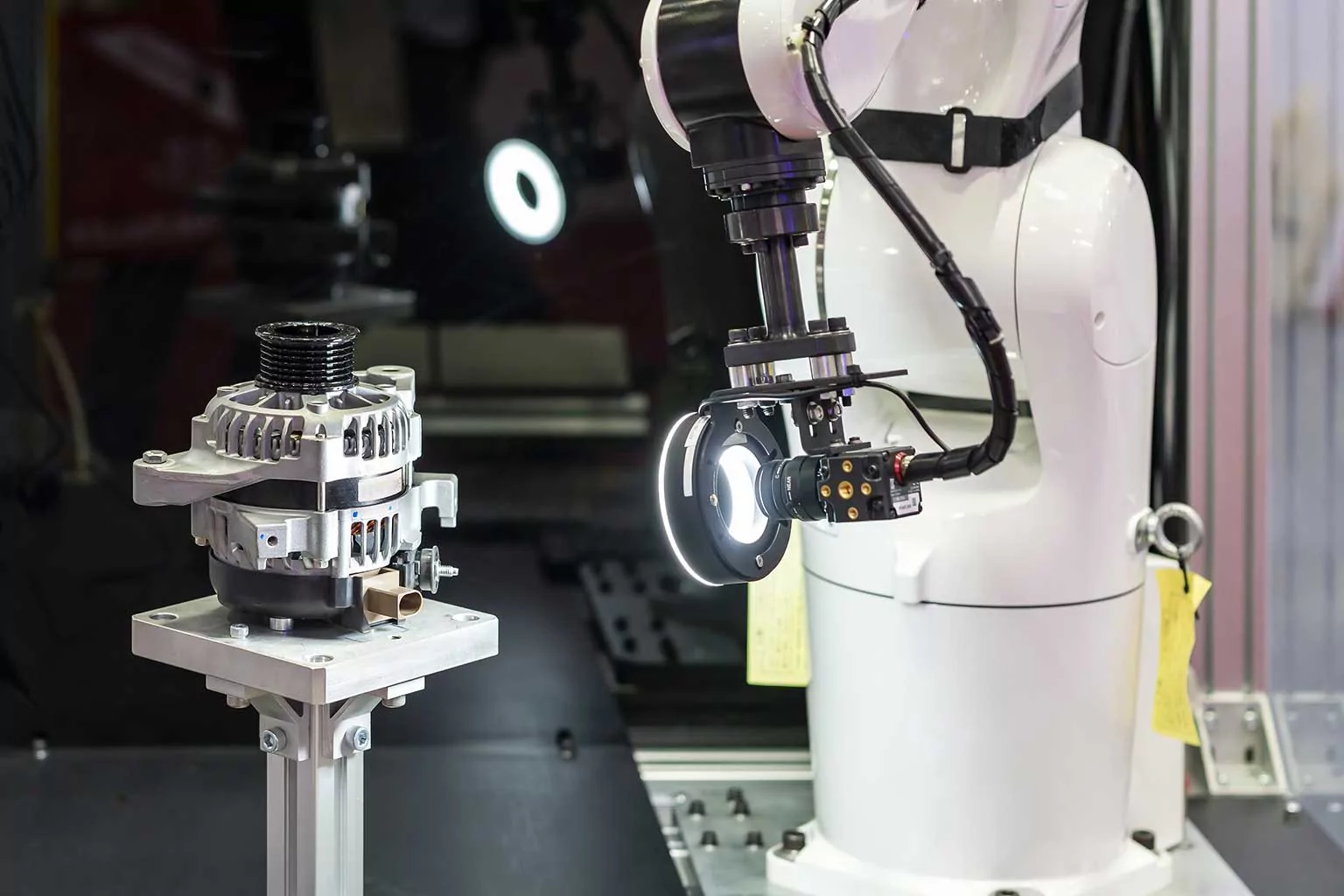In a move that could redefine the automotive landscape and Tesla’s trajectory, Elon Musk is gearing up to unveil the highly anticipated Tesla Robotaxi on October 10th in Los Angeles. This event, held at the iconic Warner Bros. studio lot, marks a pivotal moment not just for Tesla, but potentially for the entire transportation industry.
Musk, known for his audacious visions and ambitious timelines, has set the stage for a grand reveal, promising a product that will be “one for the history books.” The stakes are high, as analysts and investors alike eagerly await a glimpse of Tesla’s vision for a future where autonomous vehicles become a mainstream reality.
The High-Stakes Gamble
This robotaxi reveal is more than just a new product launch; it represents a fundamental shift in Tesla’s strategy. While Tesla has long been a pioneer in electric vehicles, the robotaxi represents a leap into the realm of fully autonomous transportation, a sector rife with challenges and uncertainties.
Musk’s bet is that Tesla’s technological prowess, combined with its vast trove of real-world driving data, will enable it to overcome these challenges and emerge as a leader in the robotaxi space. However, the path to success is fraught with obstacles, including regulatory hurdles, safety concerns, and fierce competition from established automakers and tech giants.
The Technological Leap
At the heart of Tesla’s robotaxi ambitions lies its Full Self-Driving (FSD) technology, which has been in development for years. While FSD has made significant strides, it remains a work in progress, with critics pointing to instances of accidents and near-misses.
The robotaxi reveal will be a crucial test for FSD’s capabilities. Musk has hinted that the robotaxi will be a purpose-built vehicle, designed from the ground up for autonomous operation, suggesting a significant technological leap beyond current Tesla models equipped with FSD.
The Business Case
Beyond the technological challenges, Tesla faces the daunting task of proving the viability of its robotaxi business model. The company envisions a future where fleets of robotaxis provide on-demand transportation, potentially disrupting the taxi and ride-hailing industries.
However, the economics of robotaxis remain uncertain. Questions linger about the cost of developing and deploying such a fleet, the potential for regulatory restrictions, and the public’s acceptance of fully autonomous vehicles.
The Competition
Tesla is not alone in its pursuit of robotaxi dominance. Established automakers like General Motors and Ford, as well as tech giants like Google’s Waymo and Amazon-backed Zoox, are also investing heavily in autonomous vehicle technology.
The robotaxi race is heating up, with each player vying for a slice of what is expected to be a lucrative market. Tesla’s ability to differentiate itself from the competition, both in terms of technology and business model, will be critical to its success.
The Road Ahead
The October 10th reveal marks a significant milestone in Tesla’s journey towards a robotaxi future. However, the road ahead is long and uncertain. Regulatory hurdles, technological challenges, and fierce competition all loom large.
Musk’s track record of defying skeptics and pushing the boundaries of innovation gives Tesla a fighting chance. But the robotaxi venture represents a high-stakes gamble, one that could either propel Tesla to new heights or set it back significantly.
The Unveiling: What to Expect
While details about the robotaxi remain shrouded in secrecy, Musk has dropped tantalizing hints about its capabilities. He has described it as a “revolutionary” product that will “change the world.”
Industry analysts and Tesla enthusiasts speculate that the robotaxi could feature a sleek, futuristic design, optimized for autonomous operation. It is expected to be devoid of traditional controls like steering wheels and pedals, emphasizing its fully autonomous nature.
The robotaxi’s interior is likely to be spacious and comfortable, designed to cater to passengers rather than drivers. Advanced infotainment systems and connectivity features are also anticipated, transforming the vehicle into a mobile workspace or entertainment hub.
Beyond the Robotaxi: The Bigger Picture
The robotaxi reveal is not just about a single product; it represents a broader vision for the future of transportation. Musk envisions a world where autonomous vehicles become the norm, reducing traffic congestion, accidents, and carbon emissions.
Tesla’s robotaxi ambitions extend beyond passenger transportation. The company is also exploring the potential of autonomous trucks and delivery vehicles, further expanding its reach into the logistics and transportation sectors.
The Impact on Tesla’s Future
The success or failure of Tesla’s robotaxi venture could have a profound impact on the company’s future. If successful, it could unlock a massive new market, generating substantial revenue and cementing Tesla’s position as a technological leader.
However, if the robotaxi falls short of expectations or faces significant delays, it could erode investor confidence and cast doubt on Tesla’s ability to execute on its ambitious plans.
The Verdict: Only Time Will Tell
Ultimately, the true impact of Tesla’s robotaxi reveal will only be known in the years to come. The October 10th event will undoubtedly generate excitement and speculation, but the real test will be whether Tesla can deliver on its promises and overcome the myriad challenges facing the robotaxi industry.
Musk’s track record suggests that Tesla should not be underestimated. The company has a history of disrupting established industries and pushing the boundaries of what is possible. However, the robotaxi venture represents a new level of complexity and risk, even for a company known for its bold ambitions.



















Add Comment